Answered step by step
Verified Expert Solution
Question
1 Approved Answer
2. (10 pts) Consider the function f (x) = v9-x. (a) (3 pts) Sketch the the curves f (x), x =5, and y = 0.
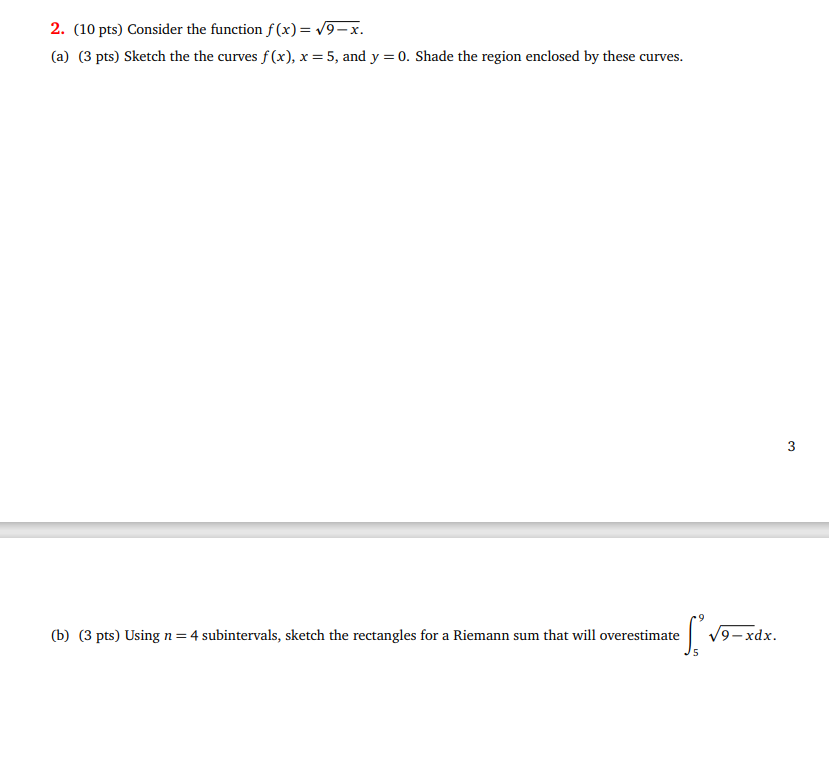

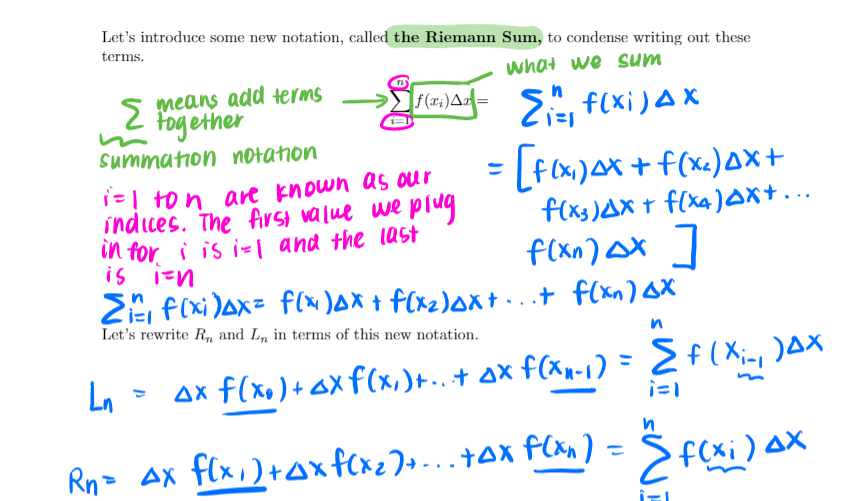
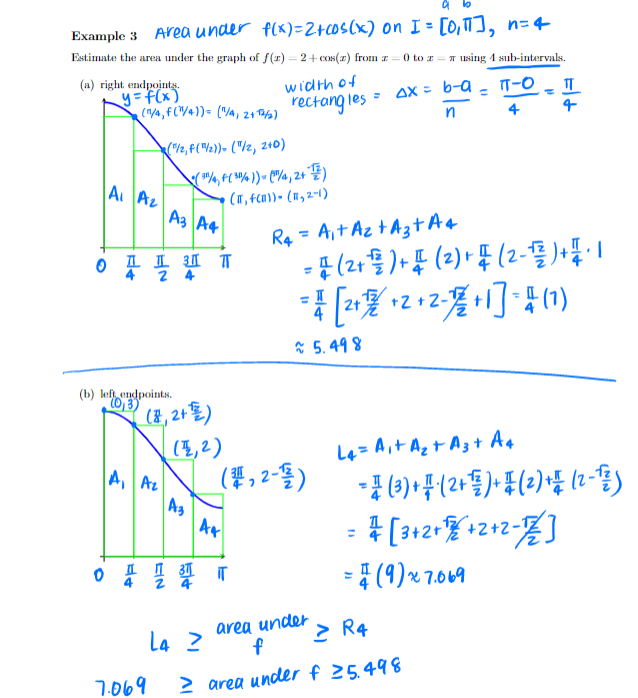

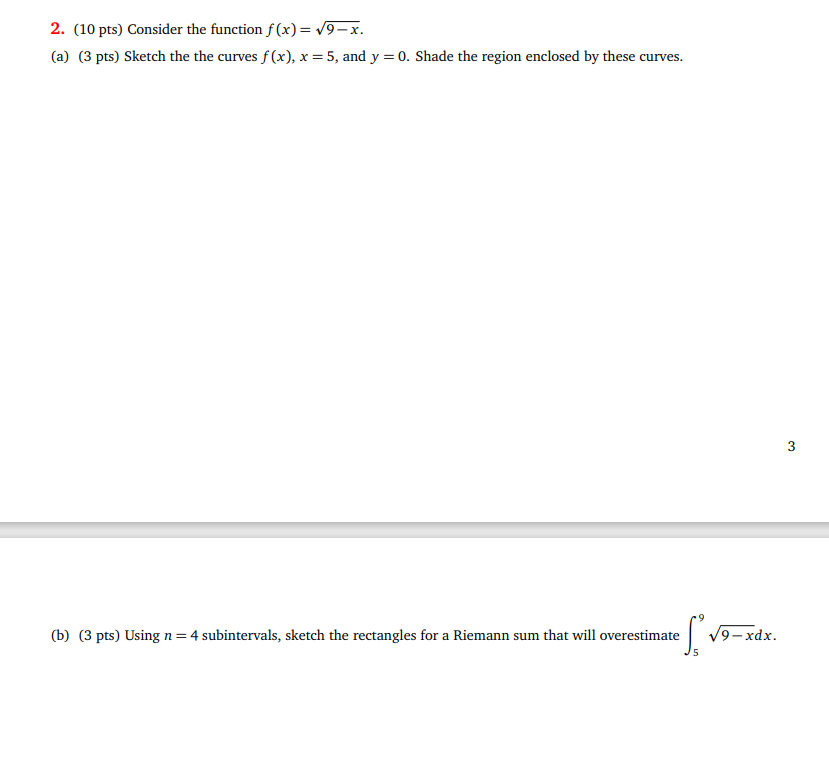

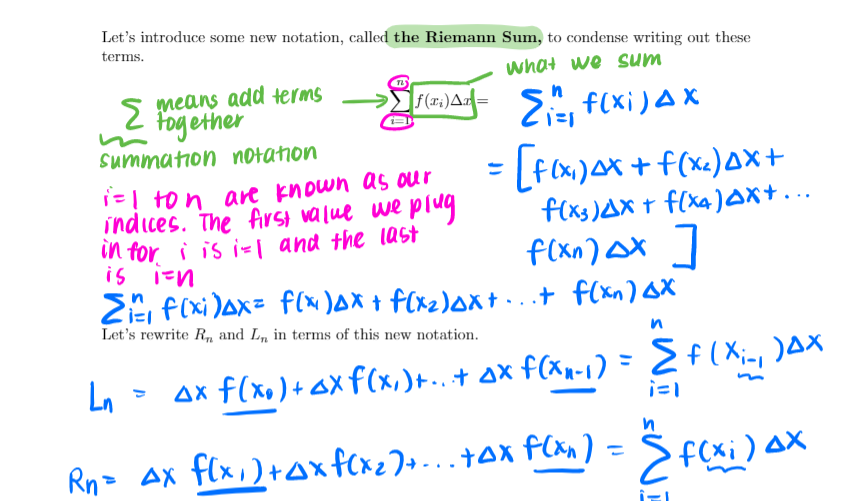
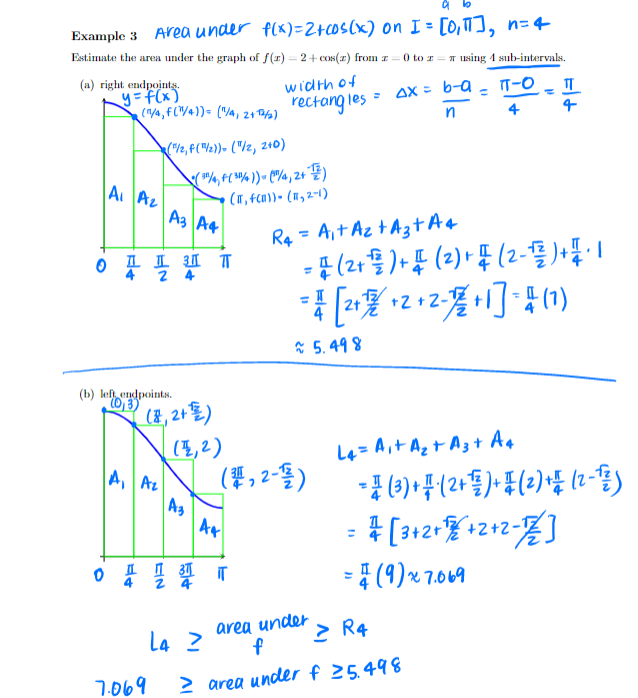

Step by Step Solution
There are 3 Steps involved in it
Step: 1

Get Instant Access to Expert-Tailored Solutions
See step-by-step solutions with expert insights and AI powered tools for academic success
Step: 2

Step: 3

Ace Your Homework with AI
Get the answers you need in no time with our AI-driven, step-by-step assistance
Get Started


